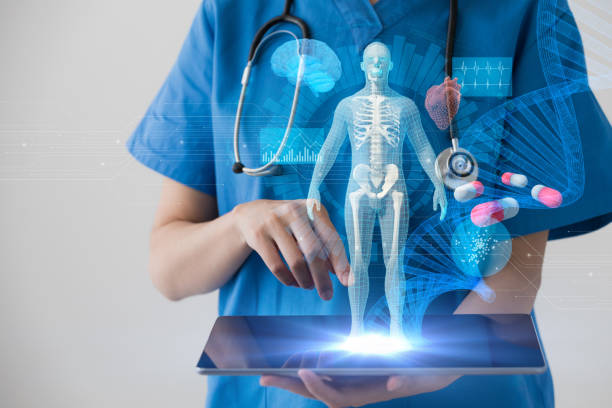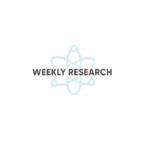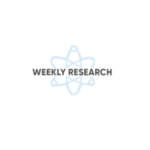A report from Definitive Healthcare explores the immense potential of remote patient monitoring to transform healthcare delivery based on real-world data and insights. Eager to understand how this rapidly evolving technology could improve patient outcomes and access? Sourced from the NPI registry, Physician Compare, and multiple U.S. medical claims clearinghouses from December 2022 to January 2023, the report highlights the role remote patient monitoring could play across the healthcare ecosystem and current factors driving more widespread RPM adoption.
This article summary covers these key takeaways from the report.
- Remote patient procedure claims volumes are up nearly 1,300% since 2019.
- Primary care physicians, cardiologists, and nephrologists are finding new uses for RPM.
- Key opportunities to sustain and increase the adoption of remote patient monitoring.
Despite many impressive projections, the Definitive Healthcare report states that just a quarter of providers actively uses RPM technology. This article outlines the potential barriers to implementation, as pointed out in the report, and critical takeaways for unlocking the potential of remote patient monitoring.
Increase in Remote Patient Monitoring Claims
As individual needs evolve for work and health, Americans increasingly seek virtual communication opportunities to cut costs and travel. Furthermore, patients became comfortable with the flexible options accommodated during the COVID-19 pandemic, allowing them to meet virtually with their physicians. Telehealth and remote patient monitoring offers patients greater control over their care. To unlock the potential of RPM for most patients, health organizations must embrace the future of healthcare and harness opportunities to unlock the potential of remote patient monitoring.
Implementing CMS RPM CPT codes has allowed more healthcare providers to adopt remote patient monitoring. According to the report, total RPM claim volumes across all 10 CPT codes “skyrocketed” by 1,294% from January 2019 – November 2022. In 2022 alone, more claims were filed across all 10 codes than ever.
Top Conditions Managed with Remote Patient Monitoring
The report notes that claims for RPM are commensurate with the most common chronic diseases for which patients are diagnosed. Therefore, provider specialties with the most significant RPM use are cardiology, pulmonology, COVID-19, and type 2 diabetes care. Cardiologists and primary care groups adopted remote patient monitoring the most. Nephrologists, pulmonologists, emergency medicine, and pain management specialists followed that. The report states that “providers across nearly every specialty have found applications for RPM.”
Takeaways The Future Potential of Remote Patient Monitoring
Medical staff shortages across the United States remain a significant concern, and more Americans are aging. This means geriatric patients, the largest population with chronic conditions such as diabetes and heart disease, may have poorer health outcomes. Healthcare systems that stay current with the latest RPM technology and workflows will be well-positioned to serve these patients over time.
RPM Management: Electronic Health Record Systems
CMS guidelines dock reimbursement for Medicare claims when providers do not employ Electronic Health Records (EHR). The authors report that roughly 88% of providers were using EHRs as of 2021, with 78% using EHR systems certified by the Department of Health and Human Services. Integrating RPM data into EHR requires additional expenses and training. This may encourage providers to implement electronic health records. Therefore, the opportunity exists for EHR companies to offer integrated technologies.
Piloting Use Cases for Remote Patient Monitoring
Health insurance companies like Cigna, Humana, and UnitedHealthcare have launched RPM pilot programs to incentivize its use. For example, payor companies incentivize mental health providers that allow patients to report on daily mental health with encrypted web portal systems. Additionally, some geriatric patients are utilizing pill boxes equipped with daily reminders. Messages can also be sent to caregivers when all medication has been taken that day.
AI and RPM
Artificial intelligence (AI) and machine learning (ML) can assist with data entry, analysis, and care guidance related to remote patient monitoring. However according to a 2022 Definitive Healthcare poll, less than a third of healthcare organizations currently use the technologies. AI and ML can assist with patient care, monitoring, imaging, diagnostics, or business operations. That figure is expected to grow to 41.7% for those planning to implement AI/ML within the next two years.
Implementing Remote Patient Monitoring
The potential of remote patient monitoring for patients with chronic conditions is far-reaching in healthcare. For instance, RPM use cases include eye care, dentistry, chronic and acute, and post-surgery care. Implementing remote patient monitoring allows clinical teams to focus on better care between visits and quality care for more patients. Ultimately, patients gain increased opportunities for communication. This can help motivate them to follow treatment plans and manage their chronic conditions.
A systematic review from BMJ Open showed that RPM solutions effectively reduce acute hospital events. However, only when designed with patients, providers, and the implementation setting in mind and incorporate the following:
- Targeting populations at high risk
- Accurately detecting a decline in health
- Providing responsive and timely care
- Personalizing care
- Enhancing self-management
- Ensuring collaborative and coordinated care.






